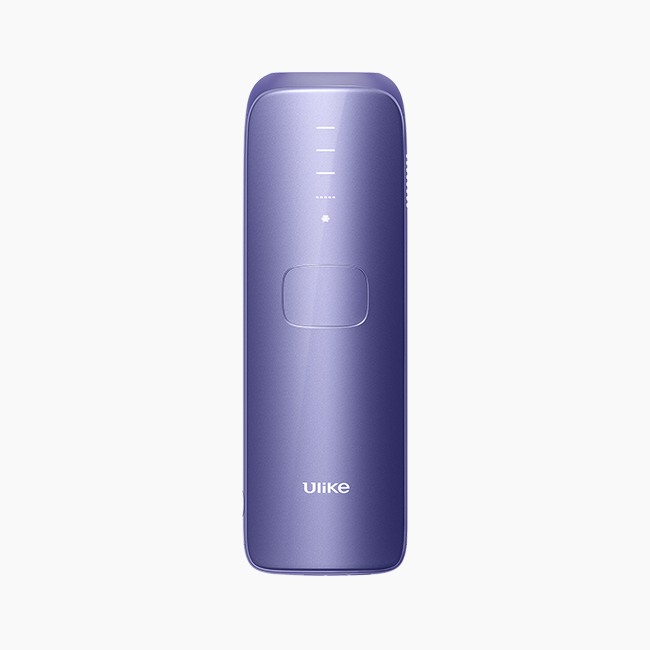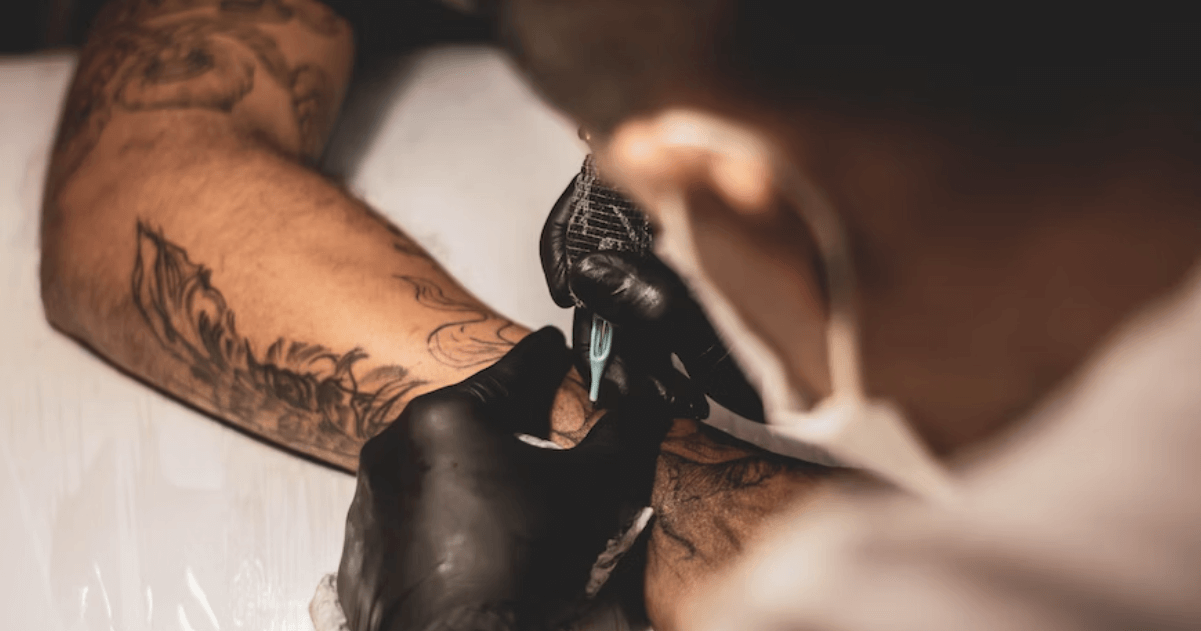
Introduction
In men, facial hair is normal and very attractive. In women, however, this is not so. Nevertheless, facial hair in women is a common health issue faced around the world all over. This can be a very distressing and frustrating issue; as such, women have resorted to trying various treatments to stop unwanted facial hair growth.
Moreso, while there are many causes of facial hair growth in women, such as Adrenal gland disorders, genetics, and some medications, the leading cause is the imbalance of some hormones in the body.
Hence, in this article, we will focus on hormonal imbalance as a cause for the growth of facial hair, how the hormones are regulated, and the different remedies to stop the development of this hair.
Facial Hair and Hormonal Imbalance
 Hair growth, in both men and women, is primarily driven by hormones, especially testosterone. However, certain conditions can result in hormonal imbalance, such as underproduction or overproduction of these hormones, which can affect facial hair growth.
Hair growth, in both men and women, is primarily driven by hormones, especially testosterone. However, certain conditions can result in hormonal imbalance, such as underproduction or overproduction of these hormones, which can affect facial hair growth.
In men, a hormonal imbalance can lead to excessive facial hair growth or a lack of facial hair growth. However, facial hair growth resulting from hormonal imbalance, especially the androgen hormones, is called Hirsutism in women.
Hirsutism is simply excessive hair growth in a typical male pattern in females. It can happen if the level of androgen hormones, including testosterone and androstenedione, increases or your body becomes more sensitive to them.
Androgen hormones are responsible for growth and reproduction in both men and women. While androgen hormones are mainly male hormones, women naturally produce small levels of these hormones, too. In women, androgens perform certain functions, such as regulating pre-antral follicle growth, preventing follicular atresia, forming the antral follicle, etc.
Naturally, the level of androgen hormones remains very low in women. However, if a woman’s skin abruptly becomes too sensitive to androgens or her body begins to produce these hormones excessively, she can develop hirsutism.
Hirsutism affects about 5 and 10 percent of women , and it is characterized by excessive hair growth on the face, neck, chest, tummy, lower back, buttocks, or thighs. Although the condition itself is not necessarily dangerous, it could lead to feelings of self-consciousness.
The leading cause of hirsutism is polycystic ovary syndrome (PCOS). PCOS occurs when the ovaries (the organ that produces and releases eggs) create excess hormones, and it is responsible for 85 percent of cases of hirsutism . Some other causes of hirsutism include genetics, age, certain medicines, Cushing’s syndrome, and acromegaly.
Treatments for Facial Hair Growth
If you are currently experiencing hair growth on your face, there are several things you can do to manage the condition and impede the growth of air on your face. Let’s consider some of the most effective methods for stopping hair growth on the face due to hormonal imbalances.
1. Hormone Management
 Hormone management is the most effective method of stopping facial hair growth; after all, it is caused by hormonal imbalances. Hormone management simply involves using medication to regulate androgen production in the body.
Hormone management is the most effective method of stopping facial hair growth; after all, it is caused by hormonal imbalances. Hormone management simply involves using medication to regulate androgen production in the body.
However, hormone management usually takes about six months, like a hair follicle’s average life cycle, before you start seeing the result. Also, ensure you talk to your doctor before using these medications.
Below are a few medications used in the management of androgen hormones.
❖ Oral Contraceptives
Oral contraceptives are common drugs used to treat hirsutism, especially in women who don’t want to become pregnant—the pills, containing both progestin and estrogen, work by shrinking the cyst from PCOS. As said earlier, these drugs are long-term treatment options; you will only see results after 3-6 months.
Common side effects include headache and nausea.
❖ Anti-androgen Medications
These medications inhibit androgen receptors, reducing androgen production from the pituitary glands, adrenal glands, and ovaries. Anti-androgens can be steroidal or nonsteroidal, usually prescribed if oral contraceptives are ineffective.
These drugs come with some side effects, such as causing congenital disabilities. Hence, anti-androgen medications should only be considered if recommended by a physician.
❖ Topical Creams
Topical creams, such as Eflornithine (Vaniqa), can be applied directly to the affected area on the face. While this cream doesn’t necessarily eliminate existing hair, it impedes and prevents growth. Hence, it is preferably used alongside laser therapy for better results.
Eflornithine (Vaniqa) is a prescription cream designed mainly for controlling excessive facial hair growth in women; as such, ensure you get your doctor’s cleared before taking the drug.
Studies have shown that people with obesity and excessive body weight tend to produce more of some hormones, such as androgens. If you are overweight, you will be recommended to shed some weight. In fact, women with obesity don’t usually need medications to correct the levels of androgen.
2. Procedures
Apart from pharmacological interventions, there are other methods to get rid of hair growing on your face. The most common method is hair removal. Hair removal is a nonmedical method to remove excessive hair. There are different procedures used for hair removal; here are the most common types:
❖ Laser Therapy
 Laser therapy involves using a laser beam to remove hair follicles and prevent hair growth on the face. You will need more than one laser therapy session to achieve an effective result. This form of hair removal has its downsides; hence, ensure you speak with your health practitioner before going for the treatment.
Laser therapy involves using a laser beam to remove hair follicles and prevent hair growth on the face. You will need more than one laser therapy session to achieve an effective result. This form of hair removal has its downsides; hence, ensure you speak with your health practitioner before going for the treatment.
For example, people with tanned or darkly pigmented skin are at an increased risk of side effects from some lasers, including a darkening or lightening of their usual skin tones, inflammation, and blistering.
❖ Electrolysis.
 This is a painful method of hair removal. It involves the insertion of a needle into each hair follicle and destroying the follicles with an electric current. Like laser therapy, multiple electrolysis sessions will be needed for the desired results.
This is a painful method of hair removal. It involves the insertion of a needle into each hair follicle and destroying the follicles with an electric current. Like laser therapy, multiple electrolysis sessions will be needed for the desired results.
A numbing cream is usually spread on the skin to reduce discomfort and pain before the treatment.
3. Home Remedies
Home remedies are temporary solutions to facial hair growth. They reduce the appearance of hair on the face and do not damage the hair follicles. This means facial hair could re-grow after trying any of these home and lifestyle remedies.
❖ Plucking
Plucking is usually done with tweezers, thin threads, and other hair removal tools. As the name implies, it involves plucking out the hair by strands. This is suitable if there is facial hair is heavy. This method is temporary, as plucked hair typically regrows after some days.
❖ Shaving
Just like plucking, shaving has to be done regularly. This method is quick and affordable.
❖ Waxing
This method involves the application of warm wax to remove unwanted hair from the skin. Waxing provides a longer treatment than plucking and shaving, and it can be used on heavy facial hair growth.
Conclusion
Excessive facial hair growth can result in emotional distress, especially in women. It is a long-term challenge that many women battle in different parts of the world. The good news is most women respond well to treatments, especially those diagnosed with hormonal imbalances.
However, there could be a relapse if the hormone levels overshoot again. Hence, treating excessive facial hair growth may or may not be a long time commitment.
References.
- Medlineplus. Excessive or Unwanted Hair in Women [Internet]. Available from: 4974
- MountSinai. Hirsutism hair growth-excessive [Internet]. Available from: 4974
- Prasad S, Aggarwal B. Turmeric, the Golden Spice. In 2011. p. 263–88. Available from: 4974
- Patkar K. Herbal cosmetics in ancient India. Indian J Plast Surg [Internet]. 2008;41(3 SUPPL.). Available from: 4974
- Home Remedies to Reduce Facial Hair Long-lastingly [Internet]. The Yoga Insitute. 2022. Available from: https://theyogainstitute.org/home-remedies-to-reduce-facial-hair-long-lastingly/
- Chhabra, S., Gautam, R. K., Kulshreshtha, B., Prasad, A., & Sharma, N. (2012). Hirsutism: A Clinico-investigative Study. International Journal of Trichology, 4(4), 246-250. 4974
- Fedorowicz, Z., Carter, B., & Pandis, N. (2015). Interventions for hirsutism (excluding laser and photo epilation therapy alone). The Cochrane Database of Systematic Reviews , 2015 (4). 4974
- Rosenfield, R. L., & Ehrmann, D. A. (2016). The Pathogenesis of Polycystic Ovary Syndrome (PCOS): The Hypothesis of PCOS as Functional Ovarian Hyperandrogenism Revisited. Endocrine Reviews , 37 (5), 467-520. 4974
- Spritzer, P. M., Marchesan, L. B., Santos, B. R., & Fighera, T. M. (2022). Hirsutism, Normal Androgens and Diagnosis of PCOS. Diagnostics , 12 (8). 4974
- Grymowicz, M., Rudnicka, E., Podfigurna, A., Napierala, P., Smolarczyk, R., Smolarczyk, K., & Meczekalski, B. (2020). Hormonal Effects on Hair Follicles. International Journal of Molecular Sciences , 21 (15). 4974






















